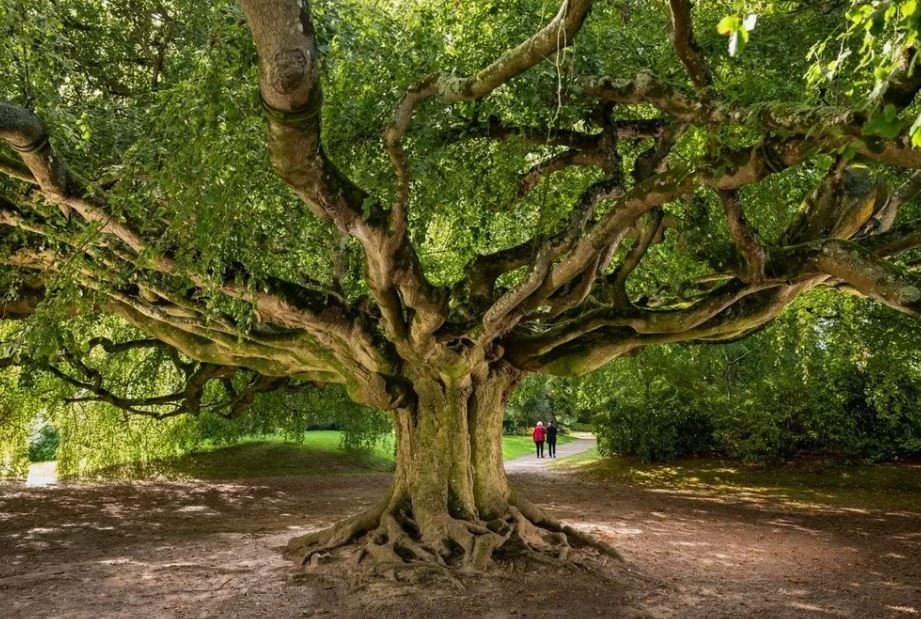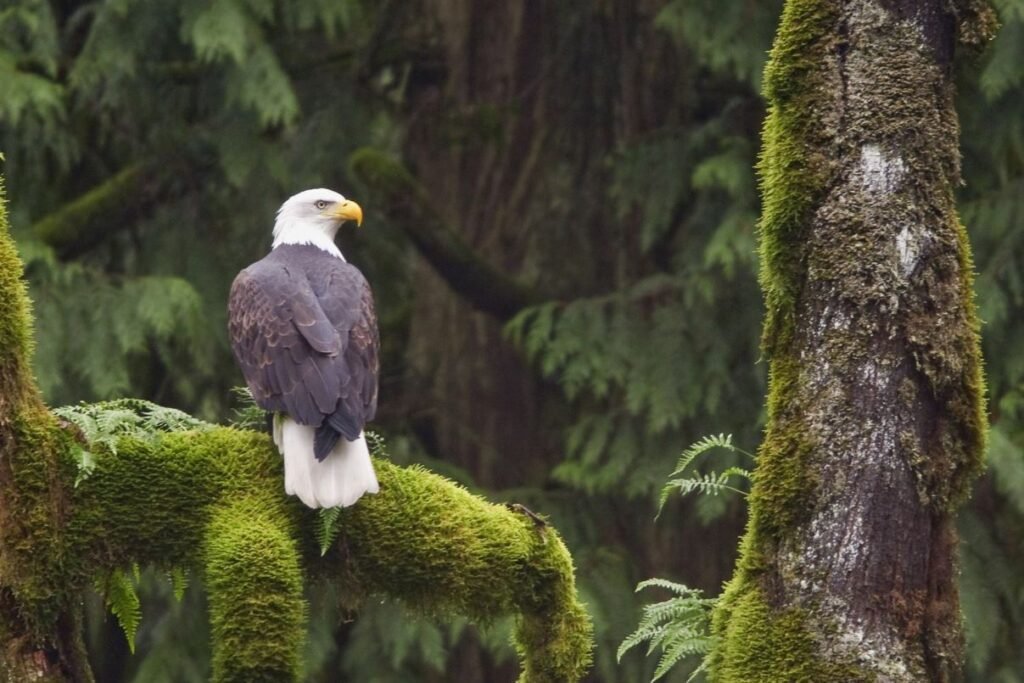Trees are often described as the lungs of the Earth, serving as vital components of our ecosystems and playing a crucial role in mitigating the effects of climate change. As the global climate crisis intensifies, the importance of trees in reducing atmospheric carbon, cooling urban environments, and enhancing biodiversity is undeniable. This blog will explore the multiple ways trees help combat climate change, the benefits of tree planting initiatives, and when to seek professional help in tree care efforts.
Understanding Carbon Sequestration
What is Carbon Sequestration?
Carbon sequestration refers to the process by which carbon dioxide (CO2) is captured from the atmosphere and stored in various forms, such as trees, soil, and oceans. Trees, in particular, play a pivotal role in this process through photosynthesis—they absorb CO2 and convert it into oxygen while storing carbon in their trunks, branches, leaves, and roots.
This natural ability to store carbon makes trees an invaluable asset in reducing the levels of CO2, one of the primary greenhouse gases driving climate change.
The Impact of Trees on Carbon Levels
A mature tree can absorb around 48 pounds of CO2 per year, and a single acre of mature trees can absorb enough CO2 to offset a car being driven for 26,000 miles annually. The more trees we plant, the more carbon we can capture, thus reducing atmospheric CO2 levels and slowing the pace of global warming.
Forests and large tree canopies act as carbon sinks, areas that naturally absorb more carbon than they release. Protecting existing forests and expanding tree cover is an essential step in the fight against climate change.
Urban Cooling: The Benefits of Trees
Mitigating Urban Heat Islands
Urban areas are often warmer than surrounding rural locations due to the urban heat island effect, a result of human activity, concrete structures, and vehicle emissions. Trees provide a natural solution by offering shade and cooling the air through a process called transpiration—where they release moisture into the atmosphere.
Enhancing Air Quality
Trees also improve air quality by filtering harmful pollutants, such as sulfur dioxide, nitrogen oxides, and ammonia, and trapping particulate matter on their leaves and bark. This not only cools the environment but also helps reduce respiratory issues in urban populations, making trees critical for public health.
Economic Benefits of Urban Trees
The cooling effect of trees can reduce the need for air conditioning during hot months, leading to lower energy costs. Studies have found that well-placed trees around buildings can lower energy consumption by up to 30%. Moreover, trees add aesthetic value to neighborhoods, which can increase property values by as much as 10-20%.
The Importance of Tree Planting Initiatives
Community Engagement and Stewardship
Tree planting initiatives provide an excellent way for communities to come together and contribute to environmental sustainability. Engaging local residents in these activities fosters a sense of ownership and stewardship over green spaces, leading to a long-term commitment to maintaining and caring for the trees. Programs like “Adopt-a-Tree” encourage individuals or families to take responsibility for the health and growth of trees in their neighborhood.
Educational Opportunities in Schools
Tree planting projects offer unique educational opportunities, particularly for schools. Students can learn about ecology, biology, and environmental science through hands-on activities. In addition, integrating tree care into STEM learning (science, technology, engineering, and mathematics) can deepen students’ understanding of the scientific principles related to ecosystems, carbon sequestration, and climate change.
Addressing Social Inequities
Tree planting can also help address social inequities, particularly in urban areas where low-income neighborhoods often lack sufficient green spaces. By prioritizing tree planting efforts in these communities, schools and organizations can improve air quality, reduce urban heat island effects, and promote environmental justice.
When to Call for Professional Help
Site Assessment and Tree Selection
Before planting trees, it’s crucial to conduct a site assessment to evaluate soil conditions, drainage, and the existing vegetation. Arborists or landscaping professionals can provide valuable advice on selecting the right tree species for the local environment, ensuring that the trees have the best chance to thrive. Native species are often preferred, as they are well adapted to the local climate and support local wildlife.
Tree Maintenance
Newly planted trees require ongoing care, especially during their early years. This includes watering, pruning, pest control, and monitoring for disease. Consulting with arborists or tree care experts ensures that trees receive the necessary care to grow strong and healthy, ultimately increasing their carbon sequestration potential.
Professional Education and Training
Arborists can also provide valuable education to community members or volunteers involved in tree care. Through workshops and training sessions, experts can teach proper techniques for pruning, pest management, and disease prevention, empowering communities to take care of their trees.
The Power of Trees in Fighting Climate Change
Trees are indispensable allies in our fight against climate change. Their ability to sequester carbon, cool urban environments, and foster biodiversity highlights their importance in creating a more sustainable future. By engaging in tree planting and care initiatives, schools, communities, and individuals can contribute to environmental stewardship, helping to preserve natural resources for future generations.
However, the success of tree care efforts often relies on professional expertise. Whether it’s assessing the site, selecting appropriate species, or maintaining trees in their early stages, arborists and tree care professionals play a critical role.
As we face the challenges of climate change, let us recognize the value of trees not only as resources but as vital components of our ecosystems. With collective action and informed decision-making, we can ensure a greener, more sustainable future.





